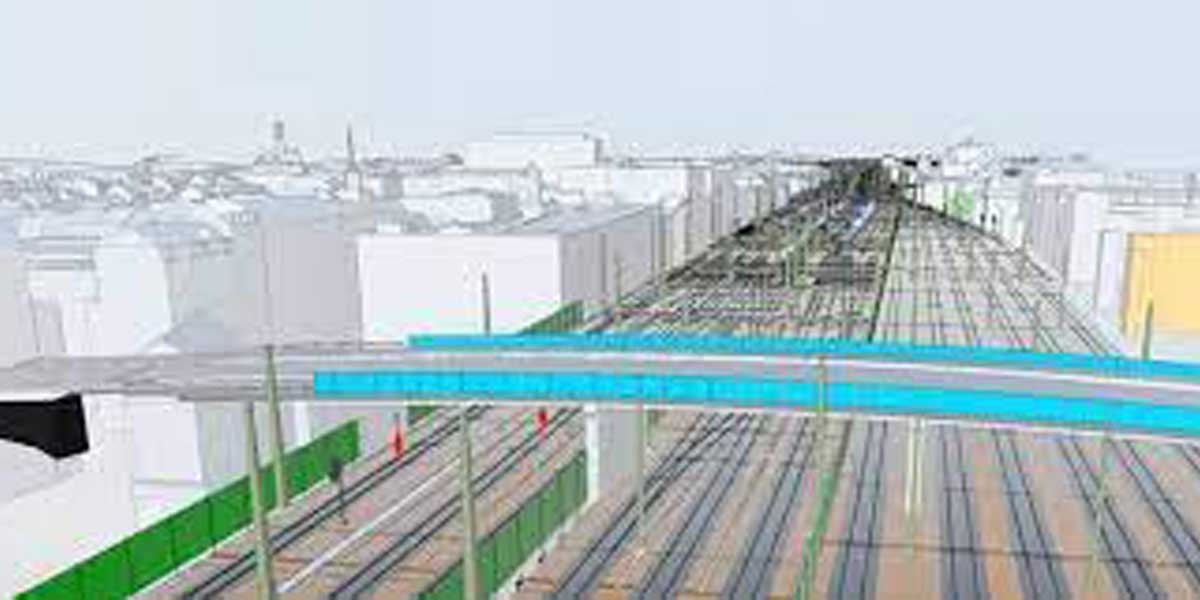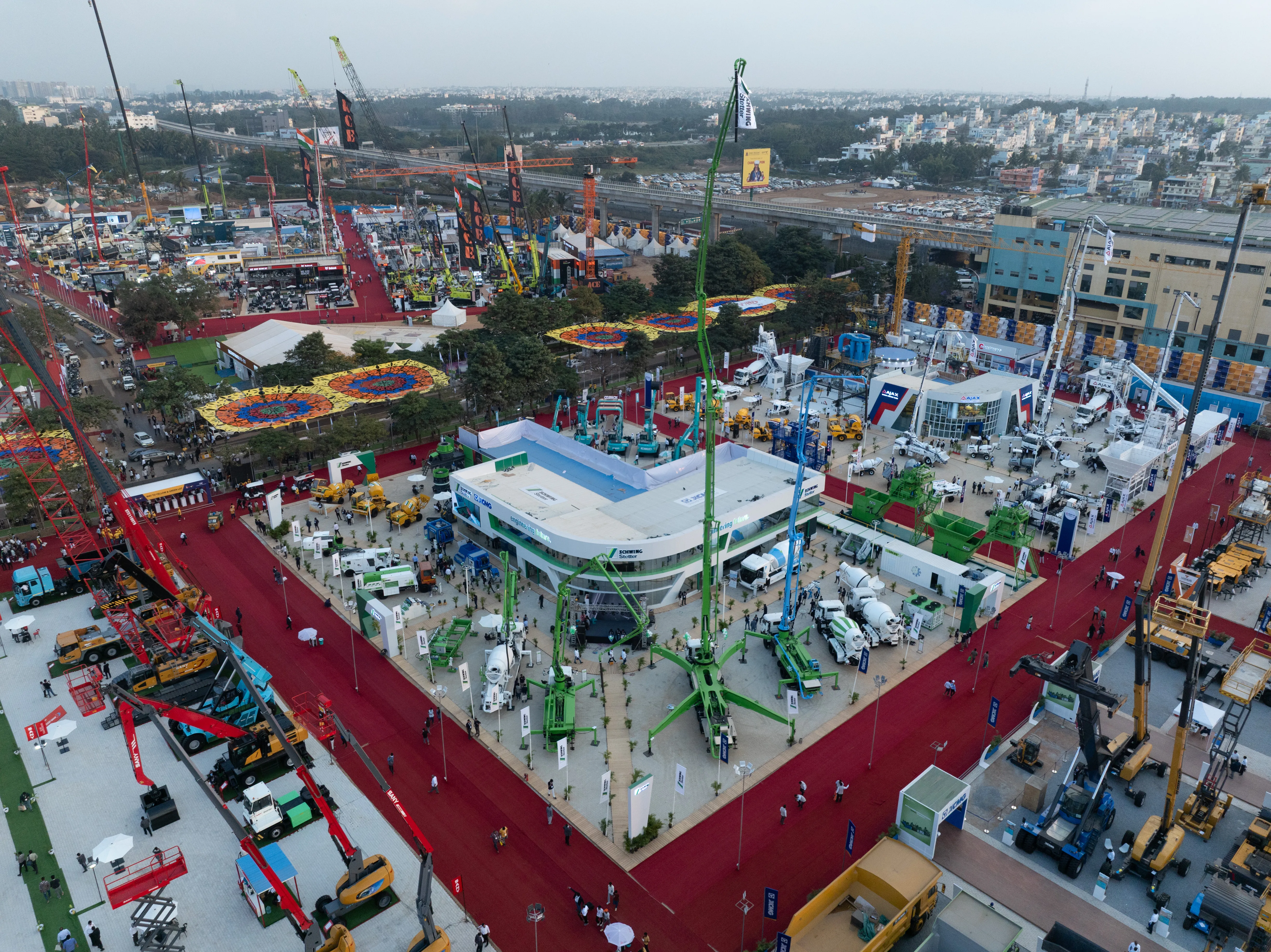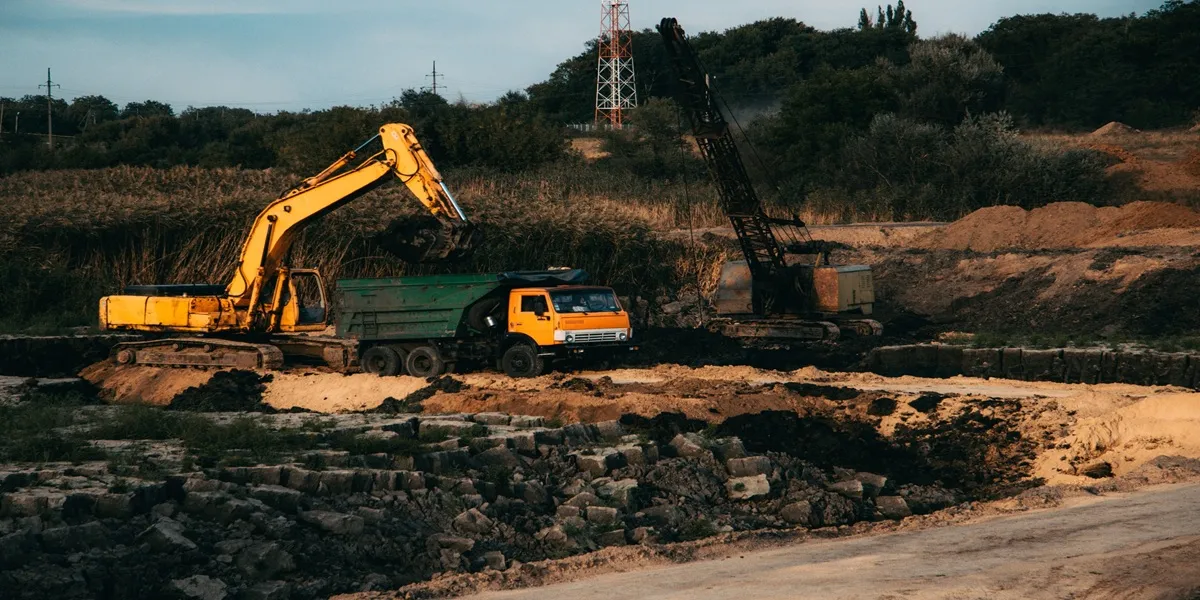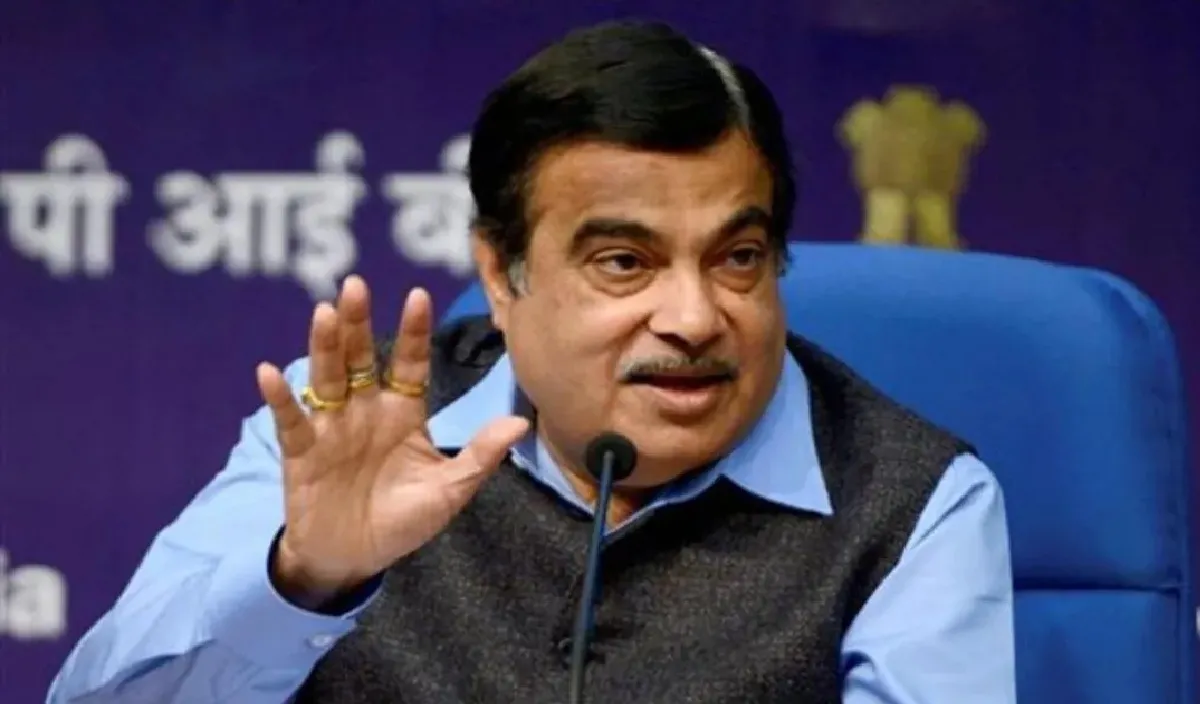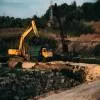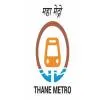The rapid growth in infrastructure projects and increasing complexities in construction is synonymous with both disruptive and supportive technologies that automate operations. To better understand the role of technology in the rail industry, Construction World hosted a webinar on Accelerating Digitalisation in the Rail Industry on July 29. The webinar, presented by Autodesk, aimed at articulating the various digital technologies that are accessible across the lifespan. The webinar discussed the increasing complexity of rail projects and the role of technology in helping them; collaboration across the ecosystem of contractors and consultants for efficiency, no downtime, and minimum rework; automation to drive speed and scale; upskilling teams to digitise entire projects; and digital twins for maintenance and operations.
Moderator Nikhil Bagalkotkar, APAC Technical Head, AEC Business, Autodesk, opened the session saying, “When you look at the rail segment and its journey, it's been quite long – from CAD to BIM. And this journey requires people, processes and technology to change.”
Embracing Cloud-based data
How can organisations in the rail sector embrace cloud-based data and changes associated with it?
“Railways, historically, has been a slow system to accept changes in technology. And that is one of the reasons why BIM and other technologies have been accepted much faster in other sectors than in the rail sector,” observes
Sunil Srivastava, Managing Director, BARSYL. According to him, implementing the technology as a platform and converting data into technology is the first challenge, training people within the organisation to handle the technology is the second, and the third one is shortage of resources in India. So it is a combination of things which has made it a little slow for implementation. “Having said that, companies like Maha Metro and K-Rail have taken the first step in adopting technologies, which is a good sign. And going forward, I expect more railway organisations to follow this,” said Srivastava. “This it will not only provide a platform for technology going forward, but will also give an opportunity, thereby creating better resources for the assets.”
Controlling costs
Usually, in India, we have two types of technologies – one is a conventional technology and the other is the high speed one. Here, adds
V Ajith Kumar, Managing Director, Kerala Rail Development Corporation (K-Rail), “Indian Railways is planning for the broad gauge, where the usual speed limit is planned for 130 kmph or 140 kmph, and for specific sections, 160 kmph. The cost of such a conventional rail is only around Rs 40-50 crore per km. On the other hand, for a high speed network like the Mumbai-Ahmedabad one, where the speeds are in the range of 300-350 kmph, the approximate cost is around Rs 260 crore per km. And for the first time in the history of Indian Railways, we have planned a conventional rail with technology where the speed level is above 160 kmph. So we are planning for conventional rail technology but with a specification of Indian and UAC standards which have proven technologies available by default. We are adopting European technologies and there are slight improvements over the existing dimensionalised rail system, such as the curves have been straighthened and signalling systems have been improved; and we will be getting better rolling stock and better electrical systems.”
Specific to K-Rail, he shares that the for the conventional rail systems, the cost is about Rs 120 crore per km – this because of the terrain and a lot of tunneling work that had to be carried out. In other states with plain terrains, he expects the cost to be around Rs 60-70 crore per km. Here, he adds, “Since we are able to control the investment cost, we are able to offer a lower fare per km. So, I am sure that people will shift to railways because of the charges, comfort and from the time saving aspect.”
Sustainability goals
The UN’s Sustainable Development Goals defines energy efficiency, clean energy, clean water and waste management as priorities going forward. “We all expect sustainability to be a big decision-maker going forward,” avers Bagalkotkar, adding that when it comes to the design process, IRSDC has also defined its own green building codes for development of railway lines.
Here, speaking about IRSDC’s own codes and the role it plays in sustainable development, VB Sood, Chief General Manager (Projects and Planning), Indian Railway Stations Development Corporation, says, “IRSDC is doing the stationary development and our approach is a 360-degree approach. We are not just constructing buildings or new facilities, but are actually looking at giving people an integrated facility once they start using it. BIM is a very important tool when we talk about sustainability. Ultimately, the purpose of the investment going into these green technologies bears fruit when, we over the life-cycle, recover that cost. Importantly, we are conscious that these technologies are putting a payback really quickly. We have already specified that BIM should be used from the construction phase; that BIM drawings should be a part from the planning phase to construction, and from construction to the facility manager, so that we never lose sight of the whole big picture of how the whole facility is running.”
Speed and cost-effectiveness
According to a research paper, 80 per cent of the cost of any AEC asset comes actually from the operations and maintenance, noted Bagalkotkar. Now, the 5D BIM model also helps eliminate time and cost.
Here, Vinod Kumar Agrawal, Director (Systems & Operations), Maharashtra Metro Rail Corporation, adds, “When we started thinking about the implementation of a project in a time and cost effective manner, we researched a lot. The most important decision is that the top top management agreed to implement the technology. Earlier we used to have drawings on AutoCAD, but most of the drawings were finished manually and the final drawing would not have any correlation to the initial AutoCaD drawing. There were many challenges as no one was ready to take up a new technology initially. A lot of training, convincing and hand holding was required to be done. It took almost one year to be on the same page. But finally, we implemented the technology and we got the results in customer satisfaction and saved substantial costs in project implementation. We could also give contractors final drawings and money on time due to the technology. Submissions of the bill were also monitored. We also extended the technology to completion and maintenance. Our major cost goes into energy, staff and materials. We have now uploaded all the documents on the system where all the parties can access and clear the bills as required. We also created a war room to monitor the project. Due to the implementation of the technology, our work went on smoothly, apart from on site work. The drawings were submitted on time, approved and sent to contractors. War rooms have been able to reduce the amount of waiting time, either for an issue to be resolved or if there's an open pending query. Software and other technology problems are solved by the war rooms.”
Stations of the future
It is not about just creating an infrastructure, but a self sustainable infrastructure. “Our focus is on experience and on getting more people to travel by trains. Here, the role of technology and simulation is huge. Data of course is the key to it,” says Sood. An important aspect is that we are actually changing the concept that a platform should be a waiting area. Having said that, there is limited amount of control you can have on the operation since the station is an open area, he adds. “But we need stations to be far far superior than what we have experienced on the platform. Studies are required and simulation is an important part of whatever we are doing as it has to be validated through simulation and then simulation also gets improved once you get the real data from the actual station. So, the future stations will not be just buildings but a lot more than an articulation of how technology can really make life a lot better for not just the railways but also the passengers.”
Automation for coordination between stakeholders
K-Rail is doing a Silver Line project, a 30-km double line connecting north of Kerala with eight routes through 11 districts (of the 14 districts of Kerala). “For a huge project of this nature, it seems humanly impossible to coordinate all the activities, specially because we have multiple agencies – contractors, suppliers, project management consultants, the client, the design contractors, etc,” says Kumar. “All these activities cannot be coordinated unless you have, and which is why we are planning for, a comprehensive project management information system and BIM. The war room is where control and monitoring can happen round the clock. We want that the infrastructure we are creating should be monitored for the entire life-cycle.
Digitisation making the difference
Technology is a great enabler in planning, because it gives you at the shortest possible time, it gives you a lot of options, and a lot more. “At the planning stage itself, the kind of tools available today, would be productivity enhancers – tools with which you are able to see the various implications, operations, planning, etc, in real time. That to me is one of the major major contributions from technology,” says Srivastava. “Second is using technology in the design of the drawing, where the component itself is leading its own health and transporting on a real time basis to your workshops. So to me, the second major task would come in on the O&M site. And with more and more of them getting privatised, especially in India, this would be a major aspect, which will not only bring in cost optimisation, but also better practices and also increase the operating cycle and the productivity of everyone concerned to a large extent. These are the two areas going forward where I feel technologies will take over.”
He goes on to add, “One aspect of technology I would love to see in the railway stations is that it becomes a seamless journey. Today, the stations have been designed more from the operations point of view and not from the customers’ point of view. In the future, it should be more from the point of view of having a seamless travel for passengers.”
